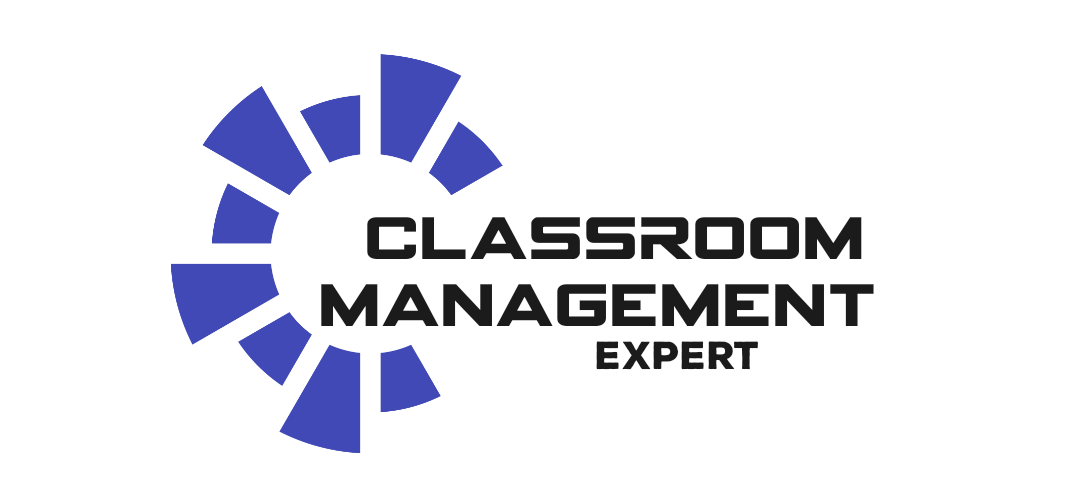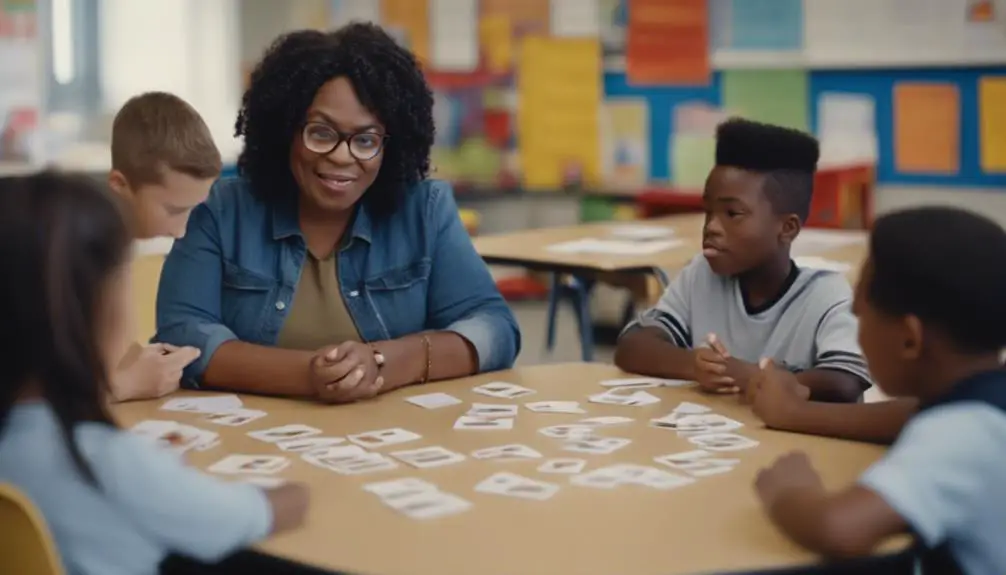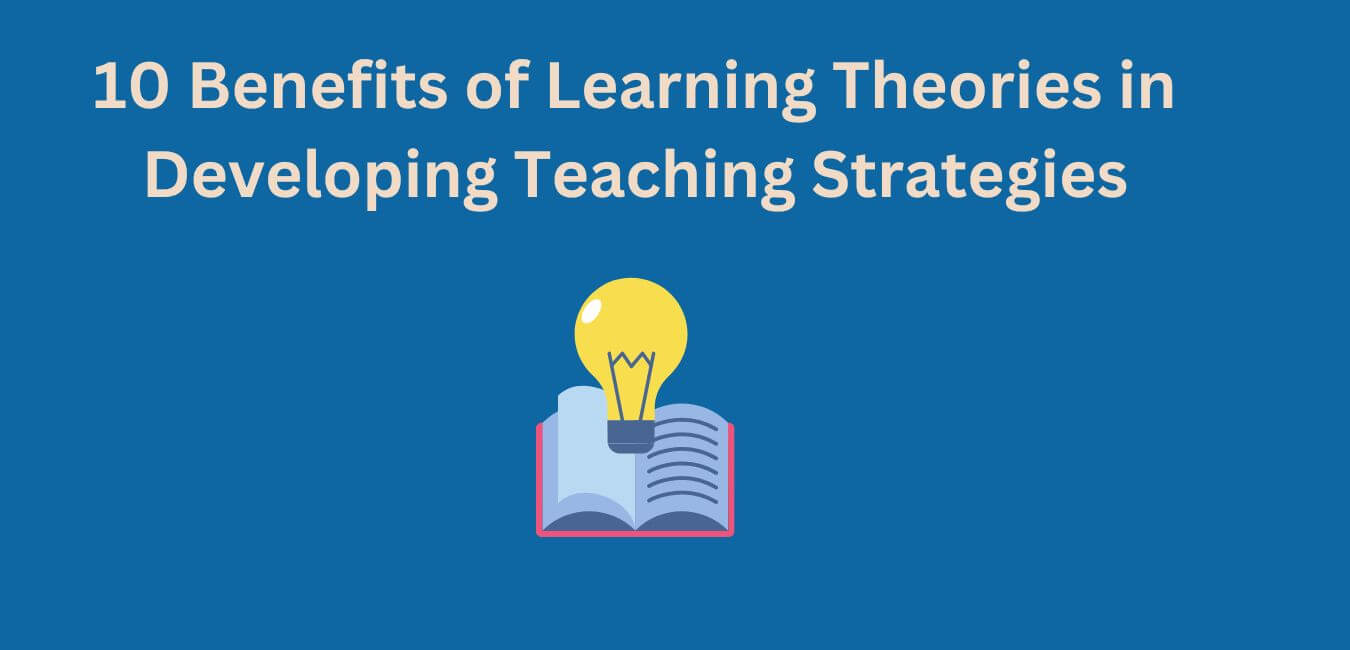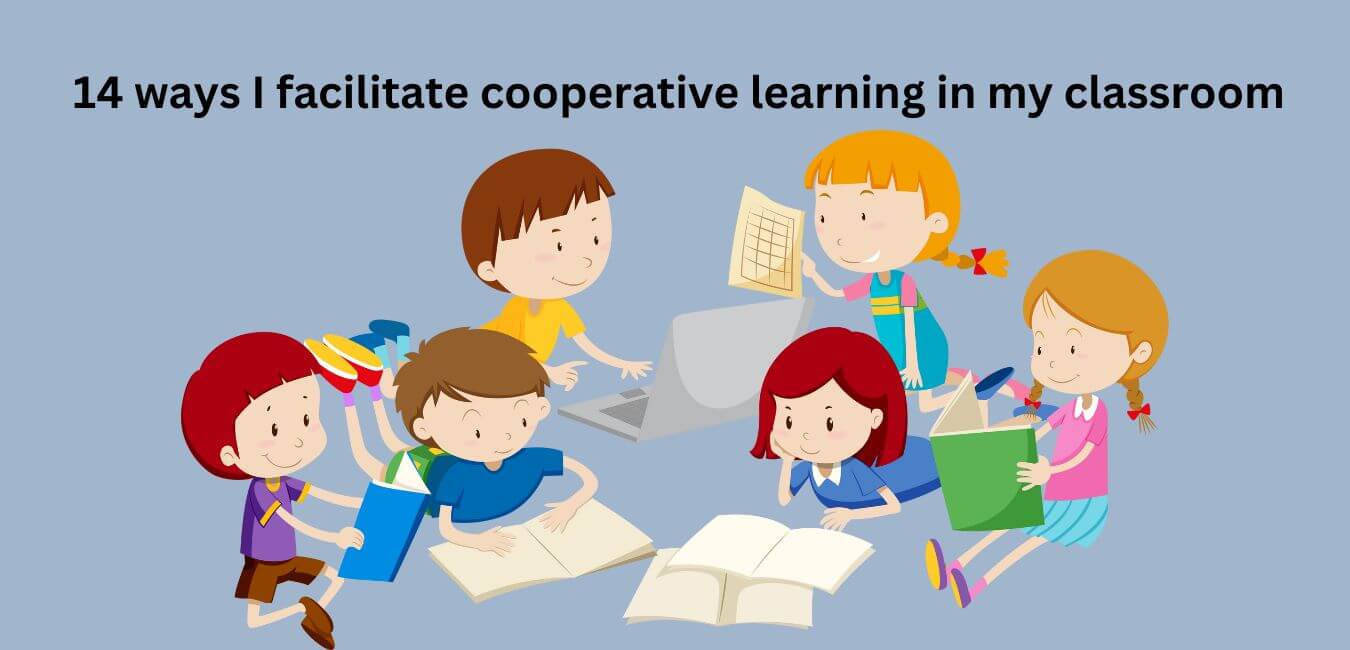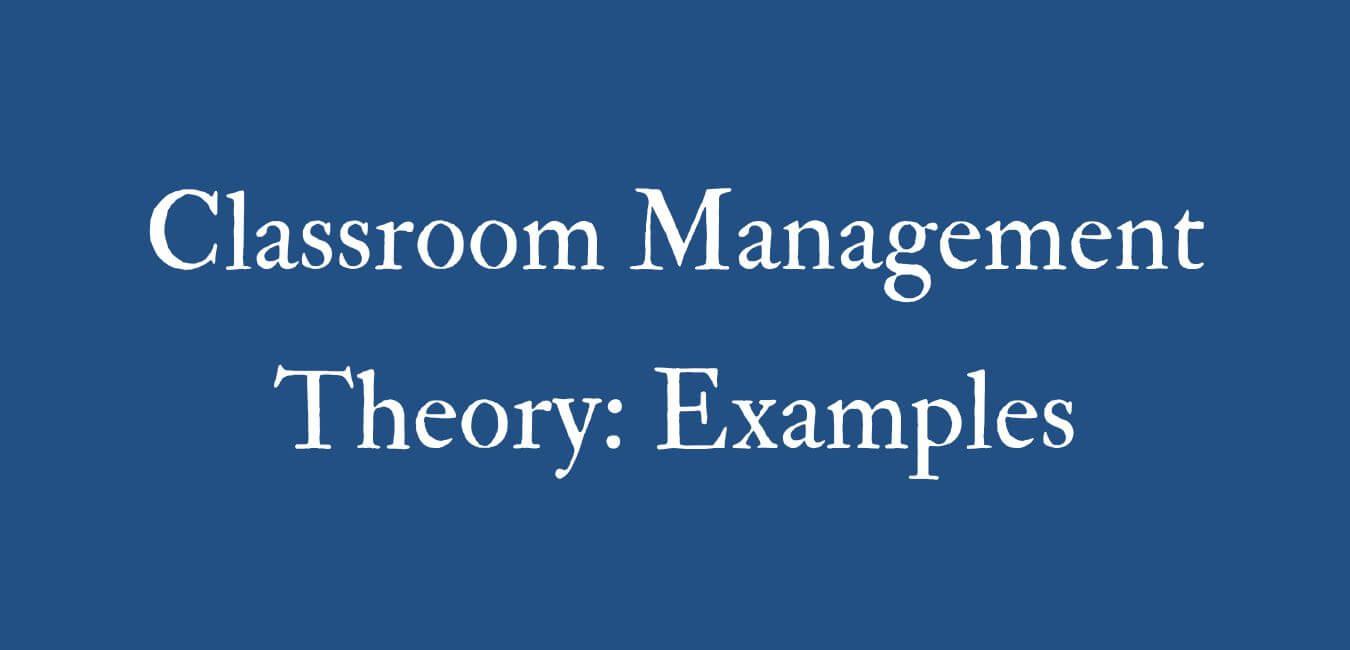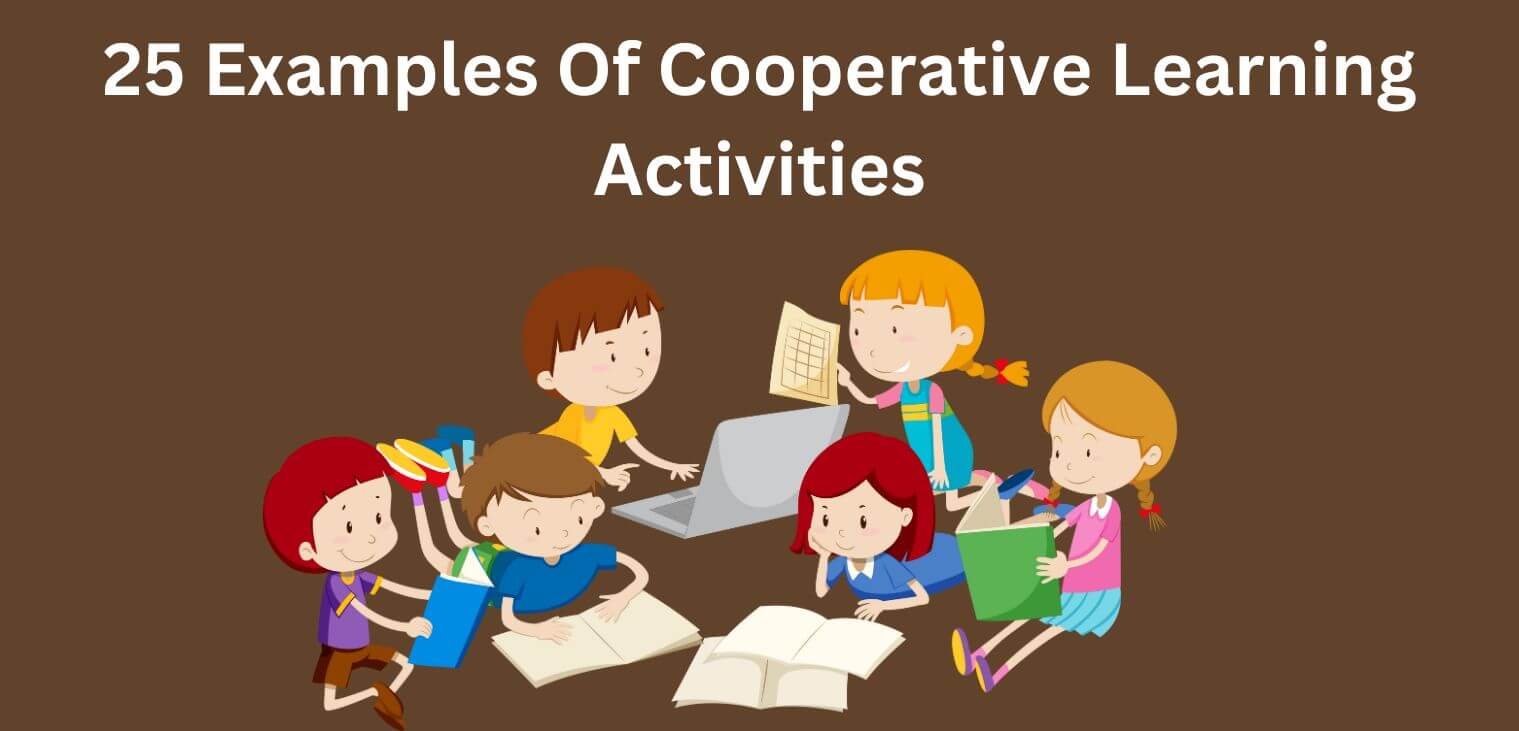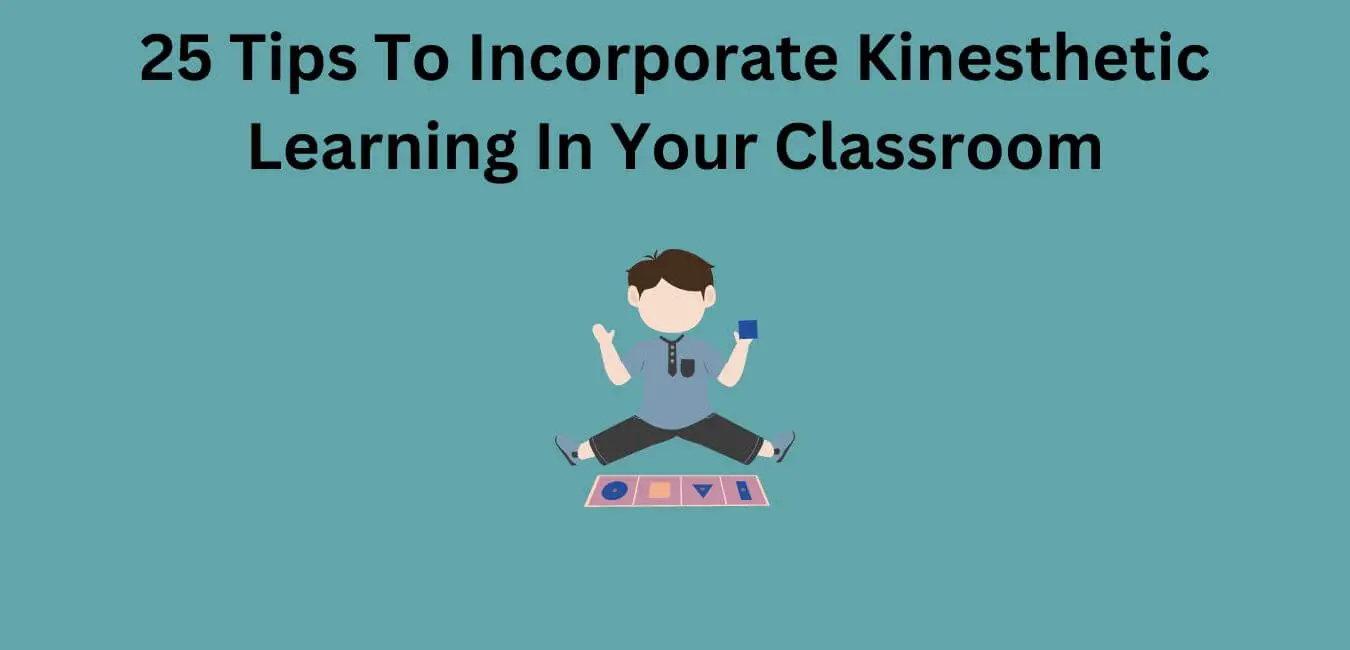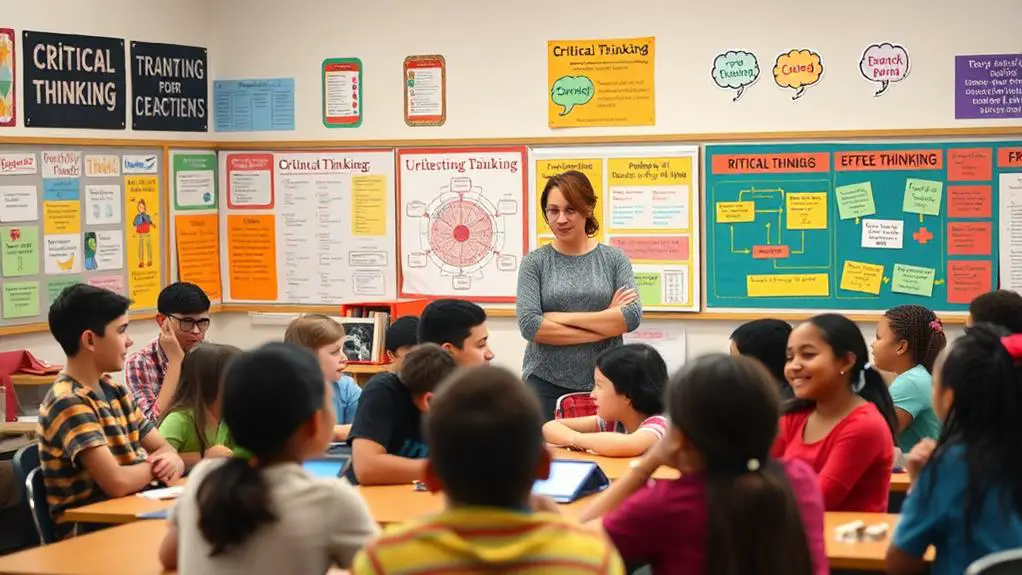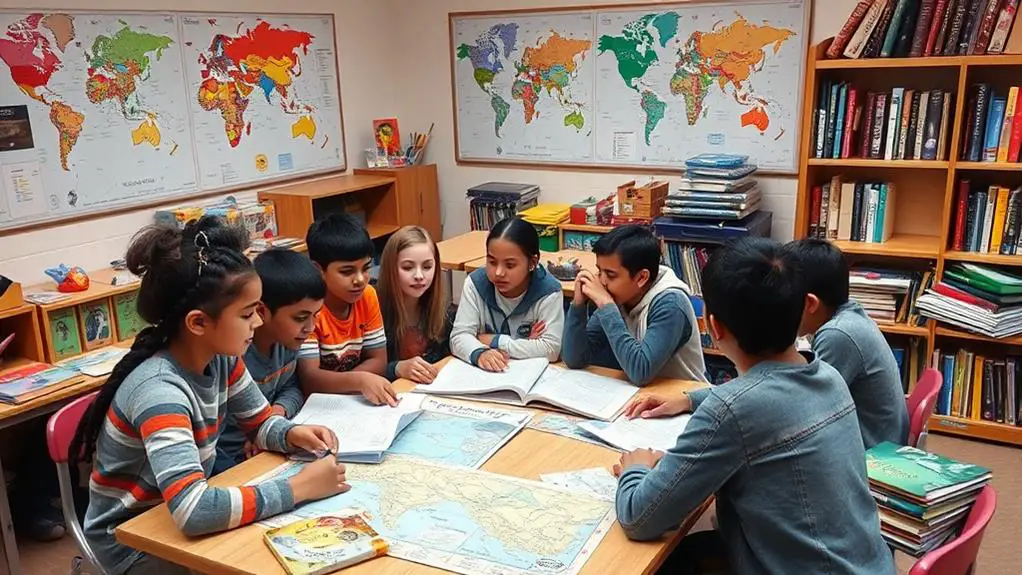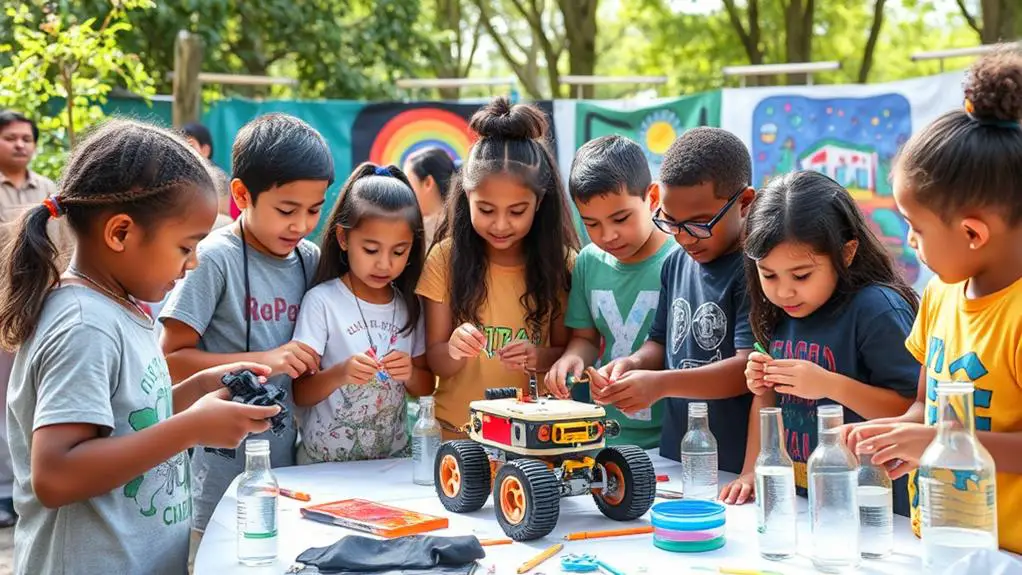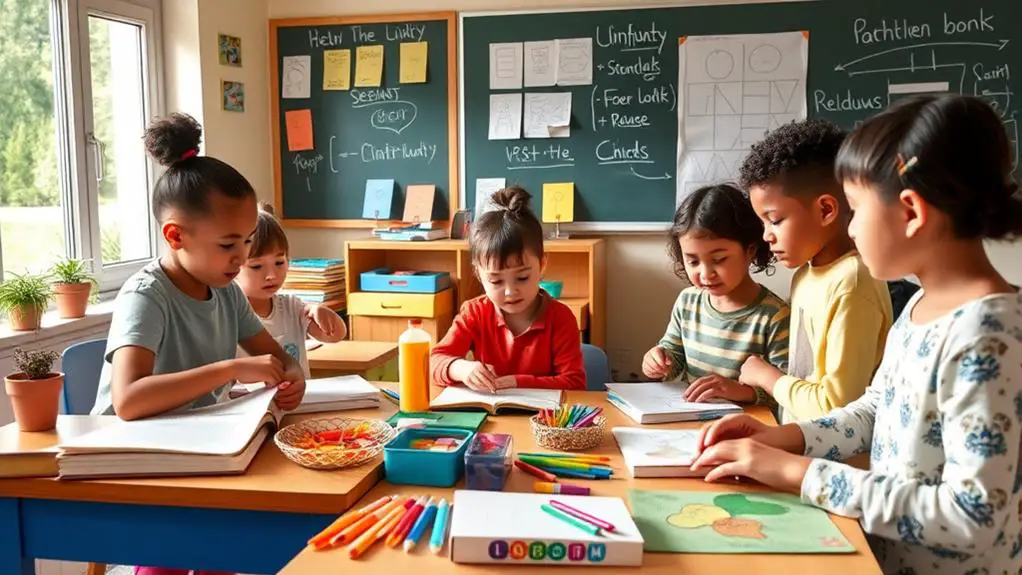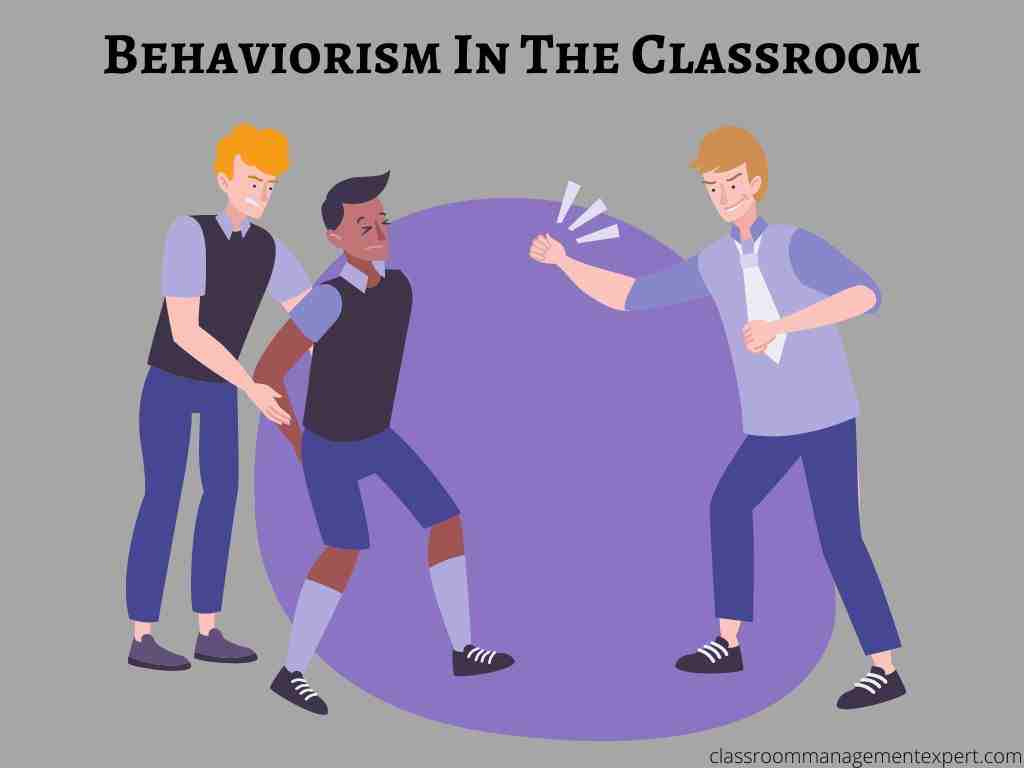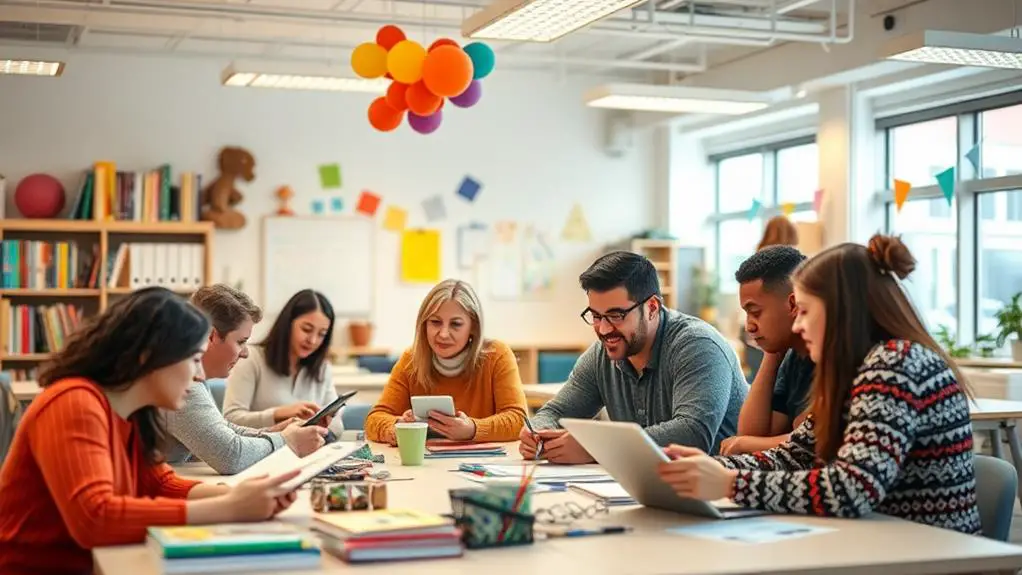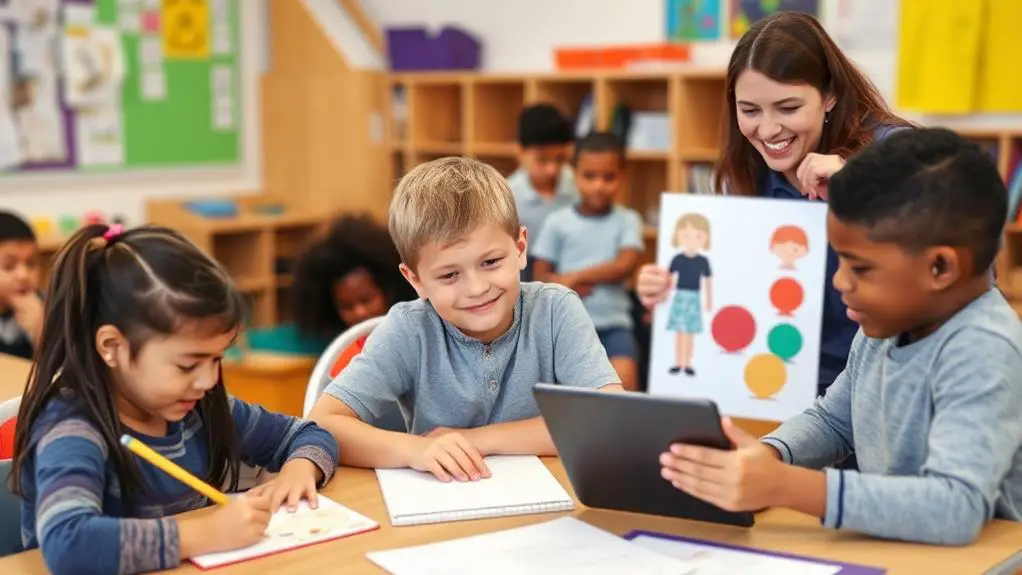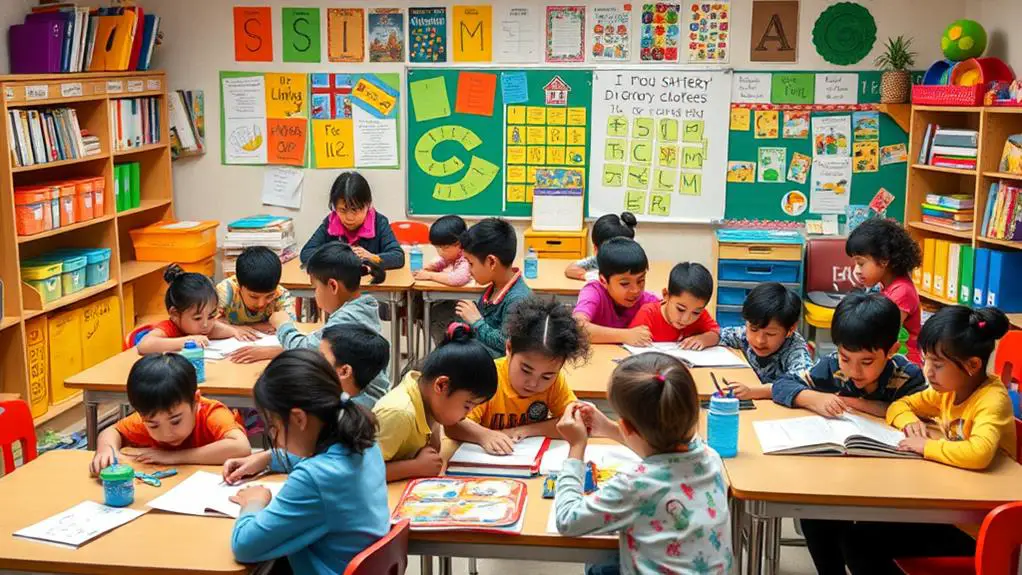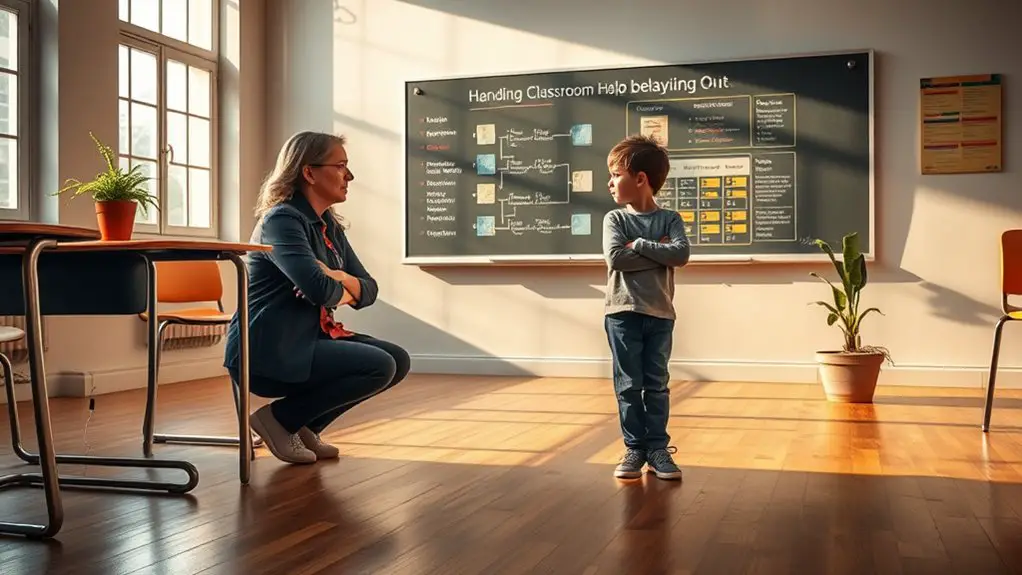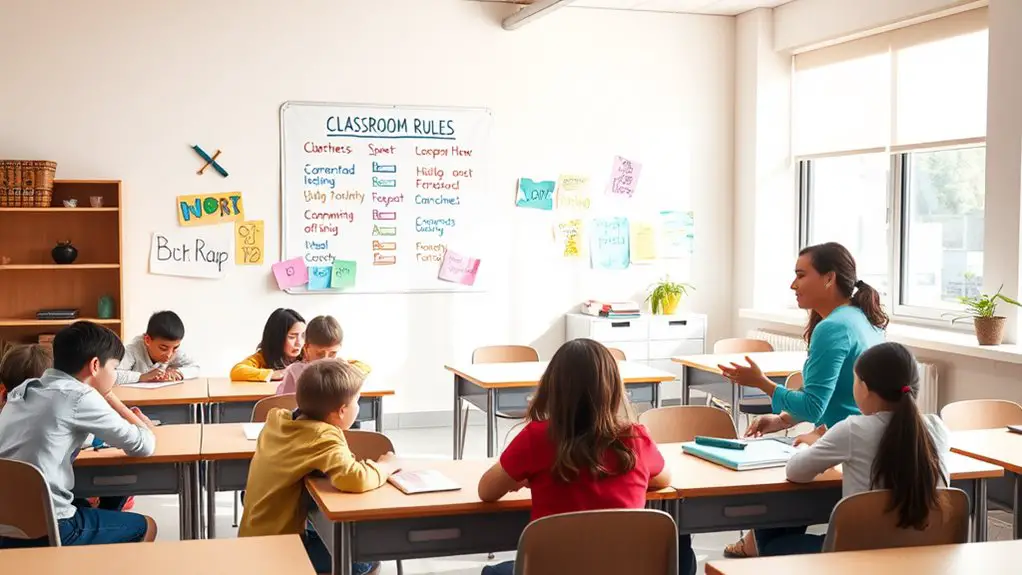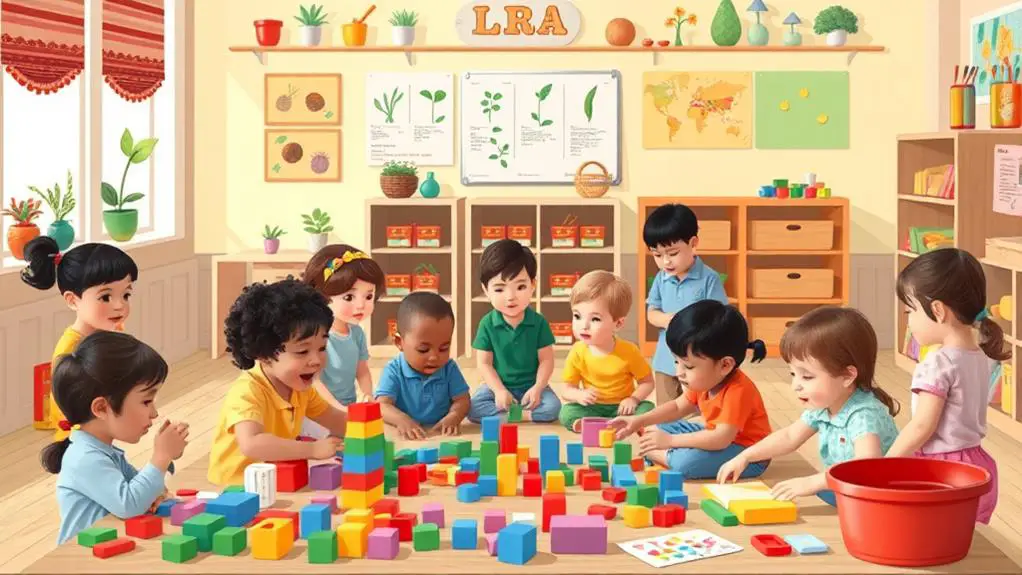Direct instruction stands as a fundamental pillar in special education, providing a structured and methodical approach to teaching that addresses a wide range of learning needs.
The advantages of direct instruction in special education are clear through its focus on personalized learning plans, targeted skill enhancement, and data-informed decision-making.
By implementing proven practices and tailored strategies, direct instruction not only enhances academic achievements but also nurtures social and emotional development in students facing unique obstacles.
These customized teaching techniques have a lasting impact beyond the confines of the classroom, cultivating a supportive and inclusive atmosphere that places student success and well-being at the forefront.
Benefits of Direct Instruction in Special Education
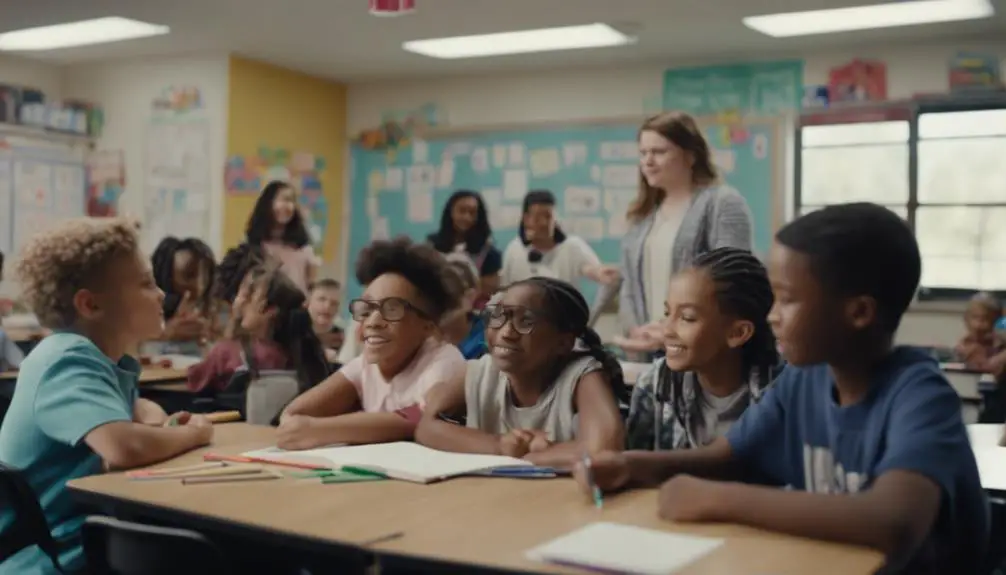
Direct Instruction in special education offers precise teaching methods that cater to individualized learning plans, leading to increased student engagement.
Through targeted skill development and the use of data-driven instructional decisions, educators can effectively support the diverse needs of students with disabilities.
These key points emphasize the significant benefits of Direct Instruction in enhancing the learning experience for special education students.
Clear Teaching Methods
Implementing structured teaching methods is crucial for maximizing learning outcomes in special education settings.
Visual aids are essential for improving understanding and retention among students with diverse learning needs.
Hands-on activities can enhance engagement and help students grasp concepts effectively.
Explicit instruction presents information clearly and directly, eliminating confusion.
Differentiated instruction allows educators to adapt their teaching approach to meet each student’s unique learning styles and abilities.
Interactive lessons promote active participation, collaboration, and critical thinking skills, creating a dynamic learning environment that fosters student growth.
Individualized Learning Plans
Employing personalized learning plans is a fundamental element in enhancing educational outcomes for students with special needs in a structured and personalized manner. Setting personalized goals enables educators to tailor interventions and implement customized strategies to support each student’s unique learning needs. These individualized plans facilitate the monitoring of progress, allowing educators to adapt instruction based on the student’s development and requirements.
Integrating specialized approaches into these personalized plans ensures that students receive the specific support essential for their success. These approaches may include multisensory activities, assistive technology, or differentiated instruction to cater to various learning styles and abilities. By incorporating tailored interventions, educators can address academic, social, emotional, and behavioral aspects of learning, promoting holistic development in students with special needs.
Personalized learning plans serve as a roadmap for educators to navigate the complexities of special education, fostering a supportive and inclusive environment where every student can excel academically and personally.
Improved Student Engagement
Improving student engagement is key to enhancing learning outcomes for students with special needs in direct instruction in special education. Incorporating interactive tasks like virtual simulations, multisensory learning through hands-on experiments, collaborative projects for group problem-solving, technology integration with educational apps, and real-world applications like community service projects can create a dynamic learning environment tailored to diverse learning styles and abilities.
Engaging students through interactive activities encourages active participation and better retention of information. Multisensory learning techniques, such as using visuals, auditory cues, and tactile experiences, cater to different learning preferences. Collaborative projects foster teamwork, communication, and social skills development. Integrating technology offers personalized learning experiences and boosts student motivation.
Real-world applications help students connect theoretical knowledge to practical situations, increasing relevance and understanding. By embracing these strategies, educators can establish an inclusive and stimulating learning environment for students with special needs.
Targeted Skill Development
Special education benefits from direct instruction by focusing on developing specific skills tailored to individual student needs. Through targeted intervention, students receive specialized instruction to improve skill mastery and promote developmental progress. Customized learning plans are designed to address each student’s unique strengths and challenges, ensuring they receive the necessary support to succeed.
Specialized instruction in targeted skill development allows educators to identify areas of need and create effective strategies for growth. By concentrating on skills like reading comprehension, math problem-solving, or social communication, students can make significant strides toward their academic and developmental goals.
Data-driven assessments enable educators to continuously monitor and adjust instruction to meet students’ evolving needs. This dynamic approach to targeted skill development ensures that students receive the personalized support needed to thrive in their educational journey.
Data-Driven Instruction Decisions
Data analysis plays a crucial role in enhancing the effectiveness of direct instruction benefits in special education. Through in-depth data analysis, educators can customize instructional strategies to meet the unique needs of students with varying learning abilities. By closely monitoring learning outcomes and progress, teachers can make well-informed decisions regarding the efficacy of their teaching methods and adjust them accordingly.
Analyzing data enables educators to pinpoint areas where students may be facing challenges and where they are excelling, allowing them to concentrate their efforts for maximum impact. This data is essential for planning interventions and ensuring that targeted support is provided where it is most needed. By using data to guide instructional decisions, teachers can create a more personalized learning experience tailored to the individual needs of each student.
In the realm of special education, where individualized attention is paramount, data-driven instruction decisions act as a beacon, leading to enhanced learning outcomes and overall student success.
Positive Behavior Reinforcement
Positive reinforcement techniques in special education settings have a significant impact on student engagement and motivation. Rewarding desired behaviors with incentives effectively manages and modifies behavior in students with diverse learning needs. Tailoring encouragement strategies to individual students helps create a supportive and positive learning environment that nurtures growth and development.
Collaborative efforts among special education teachers, parents, and professionals result in behavior support plans that target specific challenges. These plans outline goals, methods of encouragement, and strategies to foster positive behavior changes. Regular monitoring and adjustments are crucial to ensure the plan’s effectiveness and meet the student’s evolving requirements.
In special education environments, positive behavior reinforcement not only molds desired behaviors but also enhances the overall learning journey for students. It boosts self-esteem, intrinsic motivation, and a sense of accomplishment, ultimately leading to academic and social success.
Structured Lesson Formats
Structured lesson formats are essential in special education classrooms to enhance learning outcomes and cater to diverse student needs effectively. The organization of lesson structures is crucial for delivering instructions that accommodate individual learning styles and abilities.
Following a well-defined plan enables educators to ensure cohesive implementation of teaching strategies, leading to increased student engagement and participation in the learning process.
Organized lesson formats offer a clear roadmap for teachers, outlining the sequence of activities and objectives to be covered during instructional sessions. This clarity not only aids teachers in planning but also helps students understand the expectations and goals for each lesson.
By incorporating a variety of teaching strategies within this structured framework, educators can address different learning modalities and provide numerous opportunities for students to grasp and apply new concepts.
Ultimately, implementing organized lesson formats in special education settings is vital for improving learning outcomes and creating a supportive academic environment where all students can thrive.
Rapid Skill Acquisition
Through effective direct guidance in special education, students can rapidly acquire new skills, enhancing their learning journey and outcomes. Tailored coaching that meets individual needs enables students to make quick strides in skill retention and mastery. This personalized approach fosters accelerated cognitive development, allowing students to grasp concepts more efficiently.
Structured lesson formats with clear objectives create an optimal environment for swift skill acquisition. The focus on direct guidance ensures that students gain the foundational knowledge required to tackle more complex tasks. This systematic approach not only speeds up learning but also enhances the overall educational experience for students with diverse learning requirements.
With the appropriate support and guidance, students in special education can make significant progress in their academic endeavors. By utilizing strategies that promote rapid skill acquisition, educators play a crucial role in unlocking students’ full potential and nurturing a passion for learning that extends beyond the confines of the classroom.
Enhanced Student Participation
Active involvement within the learning process is pivotal for maximizing the benefits of direct instruction for students in special education. Incorporating interactive activities and encouraging student participation helps create a dynamic learning environment tailored to diverse learning needs. Hands-on learning experiences not only promote active involvement but also enhance comprehension and retention of material. Engaging lessons that utilize visual aids, manipulatives, and technology can capture students’ attention and facilitate a deeper understanding of concepts.
Collaborative tasks can significantly increase student involvement by fostering teamwork, communication, and problem-solving skills. Group projects offer opportunities for student interaction, enabling them to learn from different perspectives and abilities.
Through such interactive approaches, students in special education can feel empowered and motivated to actively engage in their learning journey. This heightened level of involvement can result in improved academic outcomes and overall growth in students’ educational experiences.
Immediate Feedback Opportunities
Immediate feedback opportunities are essential in special education to enhance learning outcomes for students. Providing instant gratification reinforces positive behaviors and encourages active engagement.
Timely assessment enables educators to effectively track student progress, pinpointing areas that require additional support. Real-time feedback fosters student growth by promptly addressing misconceptions and guiding learners towards the correct understanding.
Immediate correction of errors facilitates skill mastery as students receive guidance precisely when needed. This prompt response to student work promotes academic success by ensuring students stay on track towards achieving their learning goals.
Embracing these feedback opportunities is crucial for supporting students in their educational journey and facilitating meaningful progress.
Focused Learning Objectives
In special education, setting specific and achievable learning goals is essential for maximizing the benefits of direct instruction, promoting student growth, and fostering academic success.
Establishing clear targets guides students towards skill mastery and overall development. Measurable objectives enable educators to track progress effectively, ensuring that each instructional session aligns with the desired outcomes.
This progress tracking allows for real-time adjustments to teaching strategies, enriching the learning experience and promoting continuous improvement.
Accurate assessment is crucial in evaluating student performance against the set learning goals. Regular and precise assessments help educators identify areas of strength and areas needing improvement, facilitating targeted interventions and personalized support.
Data analysis provides valuable insights into student learning patterns and instructional effectiveness, further enhancing the learning process.
Personalized Learning Experiences
Customizing instructional methods to cater to individual student needs greatly enhances the effectiveness of direct teaching in special education. Tailored interventions are essential in meeting the diverse learning requirements of students with special needs. Through the implementation of personalized assessments, educators can accurately evaluate each student’s strengths and challenges, enabling the development of customized approaches to address their specific needs. Adaptive strategies are then employed to adjust teaching methods in real-time, ensuring that students receive the necessary support for their academic progress.
By setting personalized goals, educators establish clear and attainable objectives that are relevant to each student, fostering a sense of accomplishment and advancement. These personalized learning experiences not only accommodate the unique learning styles of students but also empower them to reach their full potential.
The integration of personalized interventions, customized assessments, adaptive strategies, tailored approaches, and individualized goals transforms direct teaching in special education into a dynamic and influential tool for supporting students with diverse learning needs.
Increased Academic Achievement
Improving academic outcomes through direct teaching is a key focus of special education programs. Direct teaching plays a crucial role in enhancing learning outcomes for students with diverse learning needs. Through structured lessons and targeted interventions, educational growth is facilitated, leading to enriched skill development.
Direct teaching in special education ensures that individualized learning needs are addressed, allowing for personalized approaches to support each student’s academic progress. Providing explicit instruction and consistent feedback enables educators to track and measure student success more effectively, building a solid foundation for future academic achievements.
Students in special education programs experience significant improvements in their academic abilities through direct teaching. The structured and systematic approach fosters educational growth by breaking down complex concepts into manageable steps, promoting skill development across various subject areas.
Prioritizing increased academic achievement through direct teaching empowers students to reach their full potential and succeed academically.
Enhanced Instructional Support
Direct teaching in special education programs offers tailored strategies to meet the diverse learning needs of students, maximizing their academic growth and skill development. Through differentiated instruction, educators personalize teaching methods based on individual student requirements, enhancing comprehension for students with diverse learning styles using visual aids.
Multisensory learning techniques engage students through multiple senses, reinforcing learning and retention effectively.
The integration of assistive technology further supports students with disabilities by providing tools and resources to facilitate their learning process. Collaborative partnerships between teachers, parents, therapists, and other professionals create a holistic support system, fostering a cohesive approach to special education.
Incorporating these elements into instructional practices creates an inclusive and supportive learning environment that empowers students to reach their full potential.
Consistent Progress Monitoring
Consistent progress monitoring is a key component in assessing the effectiveness of direct instruction within special education programs. This practice involves regularly evaluating students’ academic performance, analyzing the data gathered, and using these insights to guide intervention strategies and goal setting.
Through progress monitoring, teachers can track how students are progressing in their learning, pinpoint areas of growth or challenge, and make informed decisions on how to adjust instruction to better meet individual needs. By conducting ongoing assessments, educators can measure students’ advancement over time, adapt teaching methods as required, and ensure that students are steadily moving towards their educational targets.
Data analysis plays a crucial role in progress monitoring by providing valuable information on student performance trends, identifying areas that need extra support, and aiding educators in designing targeted interventions.
This continuous cycle of assessment, analysis, intervention planning, and goal setting is essential in maximizing the impact of direct instruction on students enrolled in special education programs.
Conclusion
To summarize, direct instruction in special education offers a structured framework for customized learning experiences, promoting academic advancement and skill enhancement.
Like a beacon in the dark, direct instruction brings clarity, personalized assistance, and focused interventions to students with varying needs.
Through the implementation of individualized learning plans, interactive assignments, and progress tracking, educators can establish an inclusive and encouraging atmosphere that fosters student achievement.
